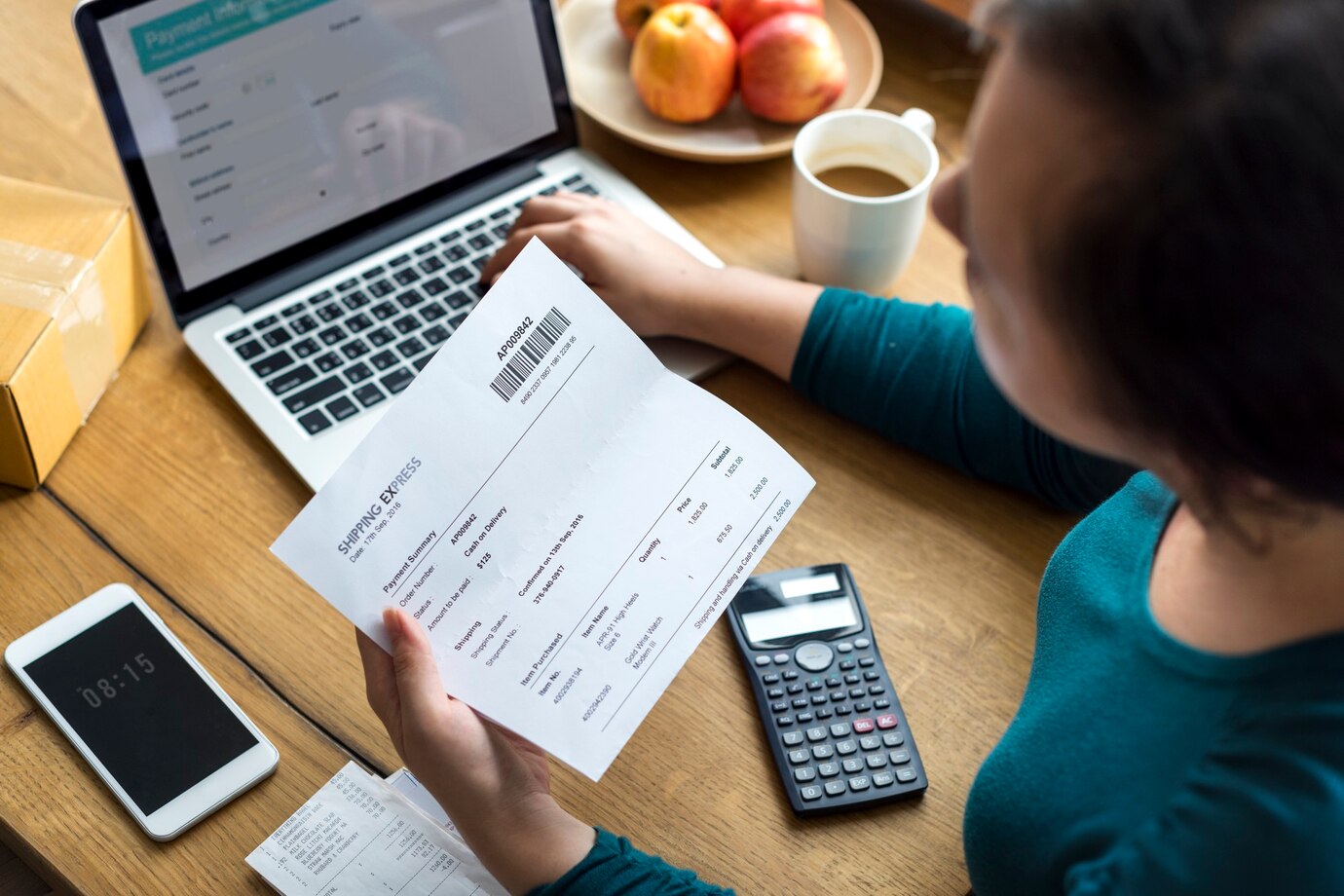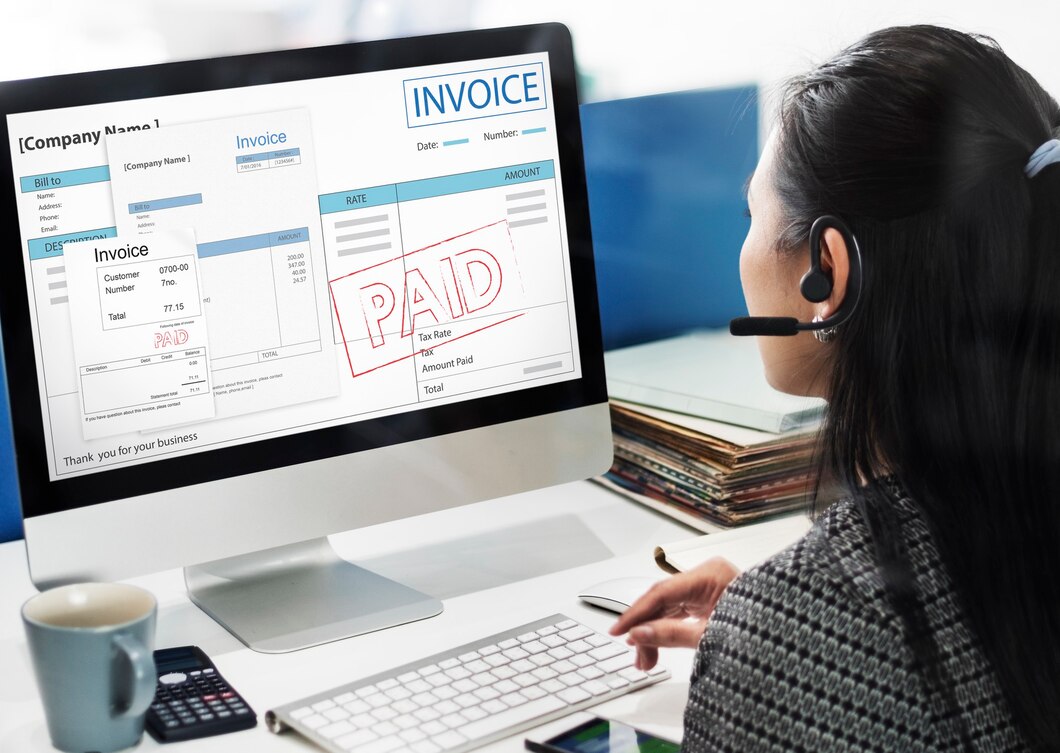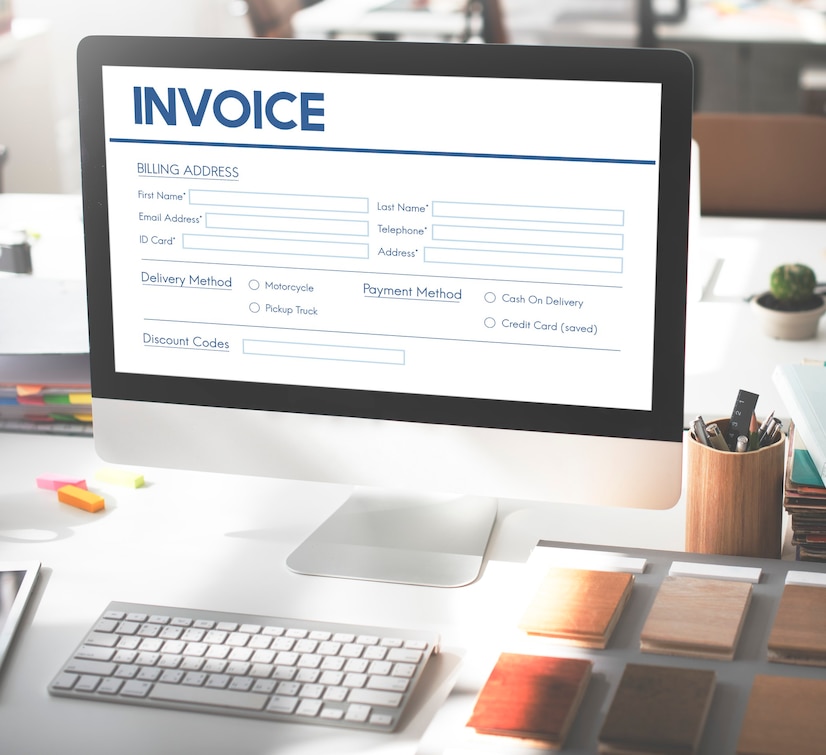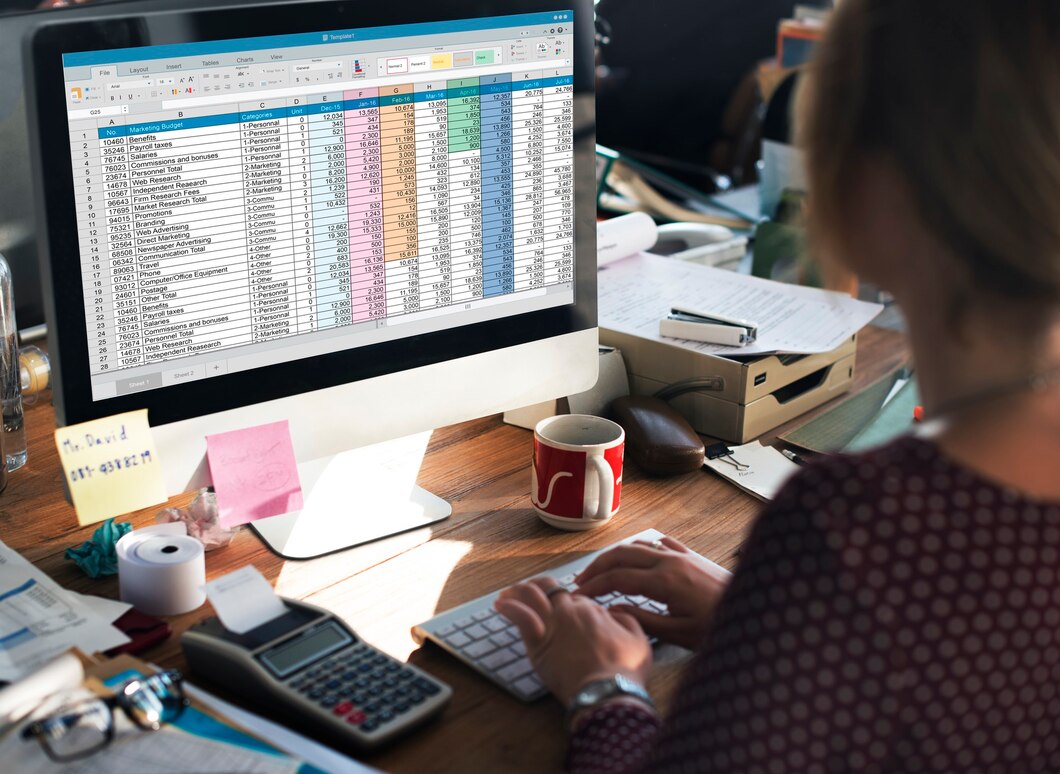
Freelance Invoicing: How to Ensure You Get Paid on Time
Getting paid on time is one of the biggest challenges freelancers face. Freelancers depend on clients to pay invoices on time, which is key for their cash flow and financial stability. Late or missed payments can disrupt a budget and lead to unnecessary stress.
Mastering the art of invoicing is essential for maintaining a professional image and ensuring consistent payment. This guide will show you how to invoice clients well. We’ll recommend the best invoicing tools for freelancers. Also, we’ll share tips to help you get paid on time every time.
Quick Guide: How to Get Paid on Time as a Freelancer
- Use professional invoice templates with clear service breakdowns
- Set upfront payment terms and request a deposit
- Automate invoicing with tools like FreshBooks or Wave
- Follow up politely but firmly on overdue payments
- Add late payment penalties where appropriate
- Keep detailed records for tax and legal protection
- Handle non-paying clients with demand letters or legal action if needed
Pro Tip
Send your invoice the moment the work is completed—and always confirm the client’s preferred format and email address in advance to avoid delays.
Important
Your invoice is more than a request for payment—it’s a reflection of your professionalism. Clear, consistent, and timely invoicing builds client trust and strengthens your freelance brand.
1. Why Proper Invoicing Matters for Freelancers

The Impact of Late Payments
Late payments are a common issue for freelancers:
- 58% of freelancers report experiencing late or non-payment at some point.
- Late payments can lead to cash flow problems and difficulty covering business or personal expenses.
- Chasing payments wastes valuable time and energy that could be spent on client work.
The Importance of Professional Invoicing
Professional, clear, and consistent invoicing:
- Improves your credibility and client trust.
- Helps clients process payments more quickly.
- Reduces disputes over payment terms and amounts.
2. How to Invoice Clients Professionally
1. Use a Professional Template
Your invoice should look clean, clear, and professional. Include:
- Your business name and contact details.
- The client’s name and contact information.
- A unique invoice number for tracking.
- The date of issue and payment due date.
2. Clearly List the Services Provided
Break down the services or products delivered:
- Include specific details (e.g., “Social media management – 10 hours at £40/hour”).
- Mention project milestones or phases if applicable.
- Ensure all terms match the original contract or agreement.
3. State the Total Amount and Payment Terms
- Clearly list the total amount due, including VAT (if applicable).
- State-accepted payment methods (e.g., bank transfer, PayPal, credit card).
- Specify the payment deadline (e.g., “Due within 14 days of issue”).
4. Add Late Payment Penalties (Optional)
Including a late payment penalty encourages prompt payment:
- State the late fee percentage (e.g., “1.5% interest per month on overdue payments”).
- Reference late payment laws where applicable.
3. Best Invoicing Tools for Freelancers

Using dedicated invoicing tools saves time and reduces errors. Here are some of the best invoicing tools for freelancers:
1. FreshBooks
- Automates invoice creation and tracking.
- Sends automatic payment reminders.
- Accepts credit card, bank transfer, and PayPal payments.
- Tracks expenses and integrates with accounting tools.
2. Wave
- Free for freelancers and small businesses.
- Simple interface for creating and tracking invoices.
- Offers payment processing (small fee for transactions).
- Provides financial reports for tax season.
3. QuickBooks Self-Employed
- Creates and sends professional invoices quickly.
- Tracks expenses and calculates tax estimates.
- Accepts multiple payment methods.
- Provides profit and loss reporting.
4. PayPal
- Well-known and trusted by clients worldwide.
- Allows direct payment via email or invoice link.
- Charges a small transaction fee.
- Instant payment notifications.
4. How to Ensure You Get Paid On Time
1. Set Clear Payment Terms Upfront
Discuss payment terms before starting the project:
- State the invoice due date in the contract.
- Clarify accepted payment methods.
- Include late payment penalties to discourage delays.
2. Request an Upfront Deposit
Requiring a deposit protects you from non-payment:
- Ask for 20%–50% of the project fee upfront.
- For large projects, establish a payment schedule (e.g., 30% upfront, 30% mid-project, 40% on completion).
- Use an escrow service for extra security if needed.
3. Send Invoices Immediately
Delays in invoicing can lead to delayed payments:
- Send the invoice as soon as the work is completed.
- Use invoicing software to automate the process.
- Confirm the client’s preferred invoicing method (e.g., PDF, email, portal).
4. Follow Up with Friendly Reminders
If a payment is late, follow up professionally:
- Send a reminder 2–3 days after the due date.
- Include the original invoice and payment details.
- Remain polite but firm:
“Hi [Client’s Name], I hope you’re doing well. I wanted to follow up on Invoice #123, which was due on [date]. Please let me know if you need additional information to process the payment. Thank you!”
5. Use Late Payment Penalties Strategically
If a payment is significantly overdue, mention the late fee:
- “Please note that a late fee of 1.5% per month will apply to overdue balances starting from [date].”
- Legal action should be a last resort, but mentioning it can motivate payment.
5. How to Handle Difficult Clients and Payment Issues
1. Send a Formal Demand Letter
If a client ignores multiple payment requests:
- Send a written demand letter stating the outstanding balance, due date, and late fees.
- Keep a record of all communications.
2. Use a Debt Collection Agency
If the invoice remains unpaid after multiple attempts:
- Hire a debt collection agency to recover the funds.
- Be aware of the agency’s fee (often a percentage of the recovered amount).
3. Consider Legal Action
As a last resort, pursue legal action:
- File a claim in small claims court (if the amount owed is below the court limit).
- Consult a solicitor if the amount is substantial.
6. Tax Implications of Invoicing
1. Keep Detailed Invoice Records
Accurate invoicing is essential for tax reporting:
- Retain copies of all invoices.
- Track invoice payments and outstanding balances.
- Include VAT where applicable and ensure compliance with tax regulations.
2. Report All Income Accurately
Underreporting income can lead to penalties:
- Record payments immediately upon receipt.
- Match bank deposits to invoices for accuracy.
- Keep digital and paper copies of payment records.
7. Common Invoicing Mistakes to Avoid
Avoiding these mistakes will improve your payment process:
- Vague Descriptions – Be specific about the services provided.
- Missing Payment Terms – Always state the due date and penalties.
- Incorrect Totals – Double-check amounts and VAT calculations.
- Inconsistent Invoicing – Invoice regularly and consistently.
- Not Following Up – If you don’t get paid, follow up promptly.
8. FAQs About Freelance Invoicing
- Q: What’s the best way to invoice international clients?
A: Use platforms like PayPal or Wise to handle multiple currencies. Include clear payment terms and any currency conversion fees. - Q: Should I charge VAT as a freelancer?
A: If your turnover exceeds £85,000, you must register for VAT and include it on all invoices. - Q: What should I do if a client refuses to pay?
A: Start with a polite follow-up, then escalate to a formal demand letter. If necessary, consider legal action or a debt collection agency.
Top 5 FAQs About Freelance Invoicing
1. When should I send an invoice to a client?
As soon as the agreed work is completed or according to the payment schedule in your contract. Prompt invoicing leads to faster payments.
2. What if a client keeps paying late?
Set clearer terms upfront for future work. Consider charging a late fee or requesting full payment upfront if it becomes a pattern.
3. Do I need invoicing software, or can I use a template?
Templates work fine for occasional invoices, but invoicing software saves time, tracks payments, automates reminders, and looks more professional.
4. Can I ask for payment in advance?
Absolutely. For large or new projects, a 30%–50% deposit is common and helps protect you against non-payment.
5. What payment methods should I offer?
Offer a mix: bank transfer, PayPal, Wise (for international clients), or credit card. The easier you make it to pay, the faster clients will pay you.
Get Paid on Time: Master Freelance Invoicing!

Invoicing is a critical part of running a successful freelance business. Professional invoicing templates, clear payment terms, and consistent follow-ups can help you lower the risk of late payments. This way, you can keep your cash flow healthy.
Invest in a reliable invoicing tool to simplify the process, and don’t hesitate to enforce late payment penalties if needed. A professional and proactive approach helps you get paid on time. It also builds stronger relationships with your clients.
Need more freelance finance tips? Click for more advice


